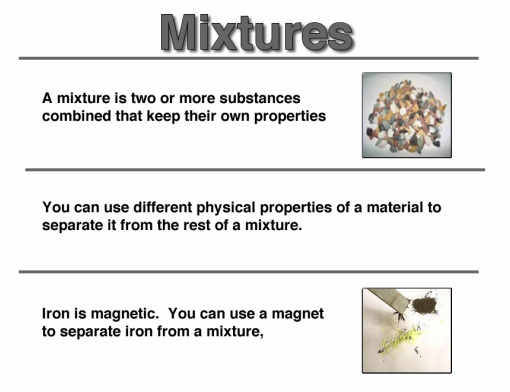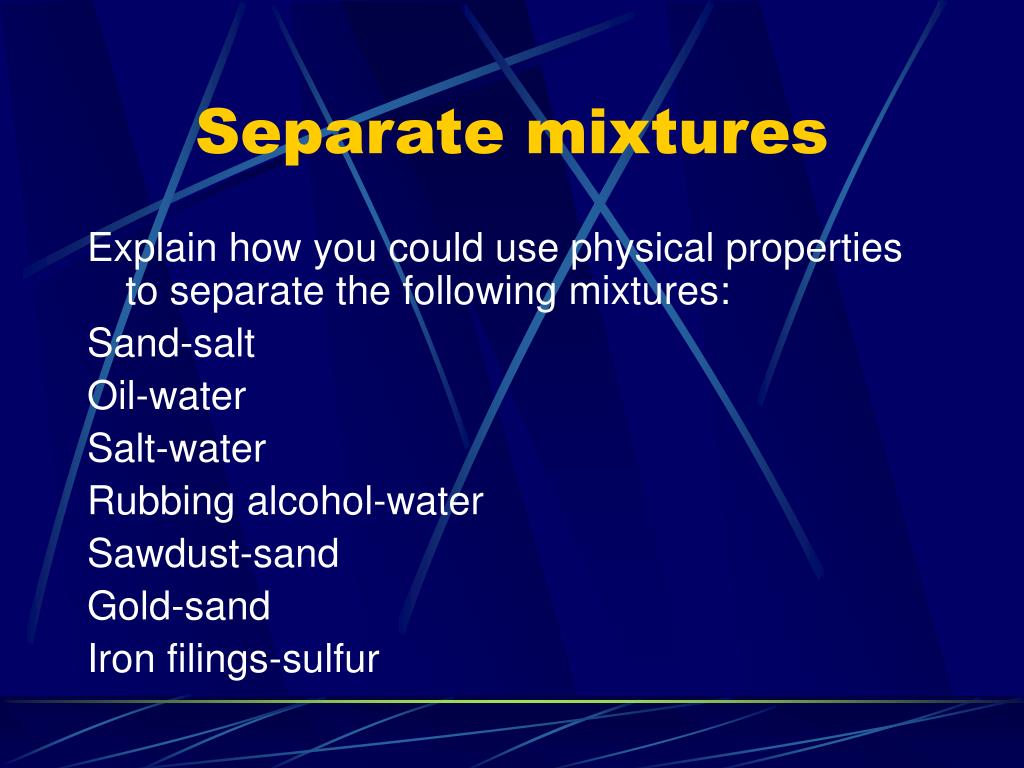


The clear water is then decanted into another beaker. When all the suspended clay particles settle down, the water becomes clear. Due to this the clay particles become quite heavy and settle down at the bottom of beaker quite rapidly. In this way the suspended clay particles become loaded with heavy alum particles. The particle of dissolved alum deposit on the suspended clay particles of muddy water. When the piece of alum is rotated in muddy water, some of the alum dissolves in water. After this piece of alum is taken out from the beaker. The piece of alum is then put in the beaker of muddy water and rotated in it three or four times by holding from thread. A big piece of alum is taken and a thread is tied to it. Muddy water is a mixture of water and suspended clay particles. Loading is the process in which alum particles are deposited on suspended clay particles of muddy water to make them heavy and settle down rapidly. The settling down of suspended clay particles of muddy water can be made faster by the process of loading. These suspended clay particles are very small and take a long time to settle down on their own.

Sometimes the water fetched from a river, lake or pond is muddy due to the presence of fine clay particles suspended in it. Kerosene and petrol cannot be separated by decantation because they are miscible liquids.

The process of decantation cannot be used for separating two miscible liquids.įor ex: Alcohol and water are miscible with each other, a mixture of alcohol and water cannot be separated by decantation. We can decant off the upper layer of oil into another beaker carefully. Water, being heavier, forms the lower layer and oil, being lighter forms the upper layer in the beaker. Since water and oil are immiscible, they form two separate layers in the beaker. A mixture of water and oil is allowed to stand in a beaker. Water and oil are two immiscible liquids which can be separated by decantation. The method of decantation can also be used for separating two immiscible liquids. Sugar dissolves in water so the mixture of sugar and water cannot be separated by method of decantation. The process of decantation can be used for separation only when the solid does not dissolve in the liquid. The rice or pulses, being heavy, remain at the bottom of the vessel and dirty water is separated by decantation by tilting the vessel to one side. Due to this the water becomes a little dirty. When we add water to rice or pulses taken in a vessel, then the impurities such as dust and soil particles get separated and go into water. So, rice and pulses are always washed before cooking. Rice and pulses bought from the market usually have dust or soil particles as impurities in them. The process of decantation is used in our everyday life In this way a mixture of sand and water has been separated into sand and clear water by decantation. When all the clear water has been poured out, only sand is left at the bottom of the beaker. We pour the clear water into another beaker gently with the help of a glass rod, without disturbing the sediment of sand. When the sand settles down, clear water is left above the layer of sand. The deposition of sand at the bottom of a beaker is called sedimentation. On keeping, the heavier sand particles will settle down at the bottom of the beaker. Allow the mixture of sand and water to stand undisturbed for some time. It contains sand particles scattered throughout water. The sand and water mixture is taken in a beaker. Sand can be separated from sand water mixture by the method of decantation. The solid particles which are insoluble in a liquid can be separated by decantation.Ī mixture of sand and water contains sand particles suspended in water. There are some mixtures which contain insoluble solid particles suspended in a liquid. The pouring out of a liquid from a vessel without disturbing the sediments is called decantation. The upper layer is of clear liquid and the lower layer is of sediment. The deposition of solid matter at the bottom of a liquid is called sedimentation.Īfter sedimentation, we get two layers. The solid matter which settles down at the bottom of a liquid is called a sediment.


 0 kommentar(er)
0 kommentar(er)
